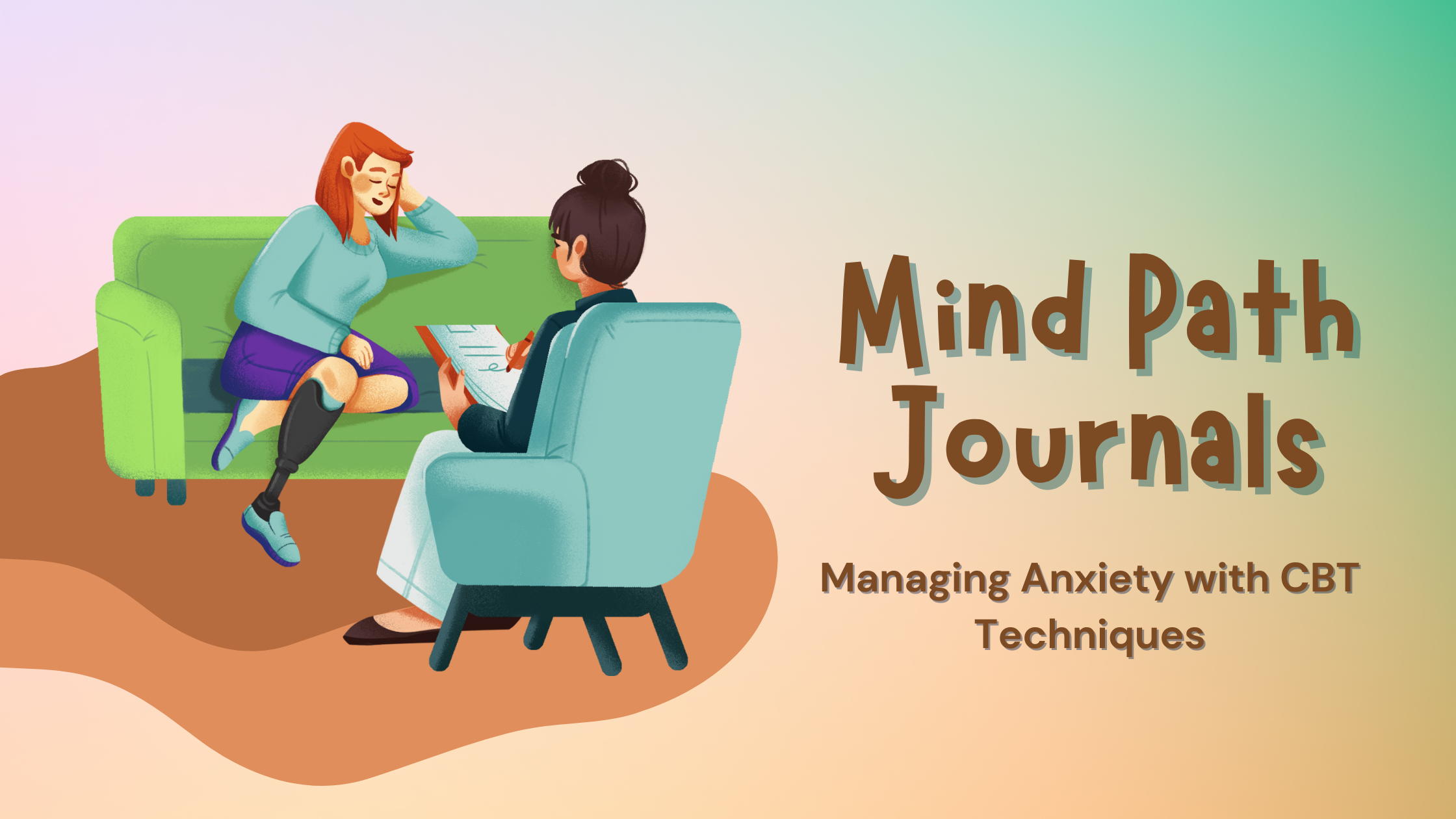Anxiety is a common and natural response to life’s challenges. It can help us stay alert and prepared, but when it becomes excessive or uncontrollable, it can interfere with our ability to enjoy life. Cognitive Behavioural Therapy (CBT) is one of the most effective approaches for managing anxiety, offering practical techniques to help you regain control and calm your mind.
What Causes Anxiety?
Anxiety often stems from how we interpret situations. For example, if you receive an email from your manager with the subject line “Urgent Meeting,” your thoughts might spiral into, “What if I’m in trouble? What if I’ve done something wrong?” These thoughts trigger feelings of fear or dread, even before you’ve read the email.
CBT helps by breaking this cycle of anxious thoughts, feelings, and behaviours. It equips you with tools to identify unhelpful thinking patterns and replace them with balanced, realistic ones.
CBT Techniques to Manage Anxiety
Identifying Cognitive Distortions: Cognitive distortions are unhelpful thinking patterns that fuel anxiety. Examples include:
- Catastrophising: Imagining the worst-case scenario.
- Mind-reading: Assuming you know what others are thinking.
- All-or-nothing thinking: Seeing things as black or white, with no middle ground. CBT encourages you to spot these distortions and challenge their accuracy.
Thought Record Exercise: A CBT thought record helps you examine anxious thoughts in detail. For example:
- Trigger: Preparing for a presentation.
- Automatic Thought: “I’ll mess up, and everyone will laugh.”
- Evidence for Thought: “I stumbled during a talk last year.”
- Evidence Against Thought: “I’ve successfully presented many times since then.”
- Balanced Thought: “I might feel nervous, but I’ve prepared, and I can manage.”
Gradual Exposure: Avoidance is a common response to anxiety, but it often makes fears grow stronger. CBT uses gradual exposure to help you face and overcome anxiety-inducing situations step by step. For example, if social situations cause anxiety, you might start with a small gathering and work up to larger events.
Relaxation Techniques: Anxiety activates the body’s “fight or flight” response, leading to symptoms like a racing heart or shallow breathing. CBT incorporates relaxation techniques to calm the body, such as:
- Deep breathing: Inhale for a count of 4, hold for 4, and exhale for 6.
- Progressive muscle relaxation: Tense and relax each muscle group, starting from your toes and moving upward.
Behavioural Experiments: CBT uses experiments to test your fears in real-life scenarios. For instance, if you believe, “If I speak up in a meeting, I’ll say something stupid,” you might set a goal to contribute one comment in a low-pressure meeting. Often, these experiments show that feared outcomes are less likely or less severe than you imagined
Takeaway Practice
The “Worry Tree” Technique
One practical CBT tool for managing anxiety is the Worry Tree.
Here’s how to use it:
Identify the Worry: Write down the specific worry that’s on your mind. For example, “What if I make a mistake at work?”
Categorise into Practical Problem or a Hypothetical Worry
- Practical Problem: Something you can take action on now (e.g., preparing for a meeting).
- Hypothetical Worry: Something outside your control or that hasn’t happened (e.g., “What if I get sick in the future?”).
Take Action or Let It Go
- If it’s a practical problem, brainstorm actionable steps and choose one to start with.
- If it’s a hypothetical worry, practice letting it go by shifting your focus to the present moment.
Redirect Your Attention: Once you’ve taken action or let go of the worry, consciously redirect your focus to a meaningful activity, such as reading, walking, or spending time with loved ones
You could also try a mindfulness exercise to gain clarity on your thoughts: Set aside five minutes to sit quietly and focus on your breathing. As thoughts arise, label them gently (e.g., ‘worry,’ ‘doubt,’ or ‘planning’) without judgment and let them pass. This practice helps you observe your thinking patterns and create space to approach challenges with a calmer mindset.


Leave a Reply
You must be logged in to post a comment.